Both reading aids and magnifying glasses can make your everyday life extremely easier if you have problems recognising smaller writing or objects. There are products in many different categories, which are also very suitable for on the go. However, they all have one thing in common - the magnifying effect.
When choosing, it is important to first look at the purpose of the magnifying glass. If you only want to read or look at something, then a hand magnifier or stand magnifier is suitable. Professional impact magnifiers, linen testers and measuring magnifiers are suitable for measurements, testing, analyses or inspections. Magnifying lamps, head magnifiers and working magnifiers are the right choice if you want to work with both hands. As diverse as the possible applications are, the selection is also large.
There are some criteria and features you should look for when choosing a magnifier or reading aid. The first question is whether you need additional lighting. Models without this addition are usually lighter and easier to handle. However, if the lighting conditions at the place of use are very poor, a model with lighting may be worthwhile. Furthermore, you have the choice between glass and plastic lenses. The latter are much lighter, but scratch more quickly. The glass version would therefore probably be less advantageous if, for example, you want to use a hand magnifier for several hours.
Magnifiers are available with different magnification factors. The higher the magnification factor, the higher the magnification. However, you should bear in mind that the viewing area is reduced at the same time. So the higher the magnification factor, the smaller the area you can see. If possible, choose a model with a lower magnification so that you can keep track of the object you are looking at and orient yourself more easily.
Since there are many different magnifying glasses and reading aids, here is a brief overview of the individual categories: Snap-in magnifiers are perfect for when you're on the go. They are attached to a protective cover and can be folded in and out quickly and easily, depending on your needs.
Inspecting magnifiers are mostly used in industry to examine smaller elements. Another field of application is forestry and agriculture, where they are used to detect pest infestations. Furthermore, they can be found in the gemstone trade, in geology or also for plant identification.
Hand-held and telescopic magnifiers are available in a wide variety of designs, from simple to noble and from small to large. They are mostly used for looking at coins or stamps, for reading, but also for quality control.
Filament counters are also known as folding magnifiers. They offer a very wide range of applications, such as viewing very fine structures in insects or plants. For occasional use, linen testers in a plastic housing are perfectly adequate, while professionals tend to use a metal housing.
A so-called headband magnifier is particularly suitable for work at a constant distance from the object being viewed. If necessary, it can be quickly and easily placed on the head while both hands remain free. In addition, headband magnifiers are very robust and inexpensive.
Loupe glasses are similar to headband magnifiers. As the name suggests, they are glasses with a magnification function. In addition to special glasses, this category also includes attachment magnifiers that can be attached to the user's own glasses.
With the help of illuminated magnifiers, the objects being viewed are not only magnified, but also illuminated at the same time, which makes details even easier to see. In almost all cases, the light, which usually comes from LEDs, can be switched on and off separately. Illuminated magnifiers are available in different sizes.
A foil magnifier is particularly light, which means that it is usually much larger than other magnifiers. Some magnifiers are even as large as entire book pages, which means that the book page can be completely enlarged, making reading much more comfortable than with a normal hand magnifier.
The last two magnifiers in this model overview are something special. A so-called reading rod is a magnifying glass in the form of a rod that enlarges the letters only in height. The width remains the same, which makes reading more relaxed for the eyes. Reading stones, the second unusual specimen, are magnifiers in the shape of a stone that is simply placed on the text to be read. The advantage is that the magnifier does not have to be held in the hand. The degree of magnification can be changed quite simply by changing the distance to the magnifying glass.
.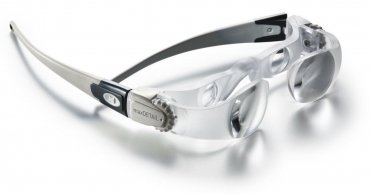

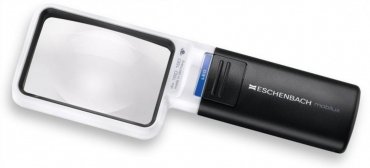
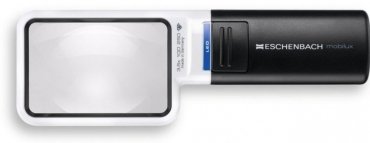
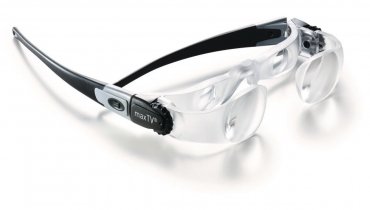

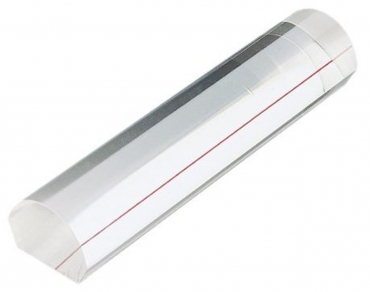
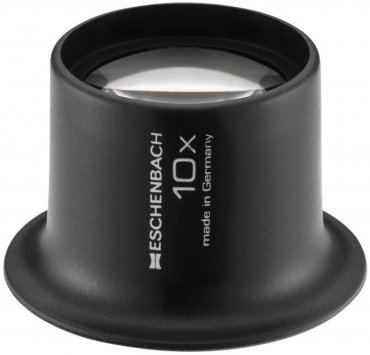
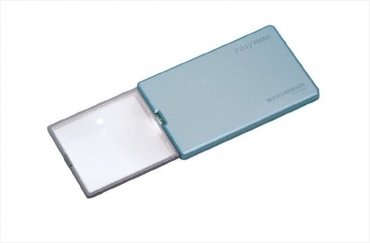
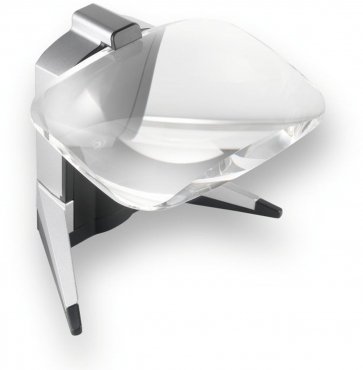
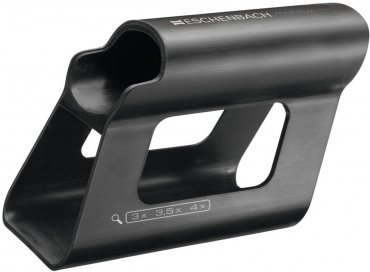
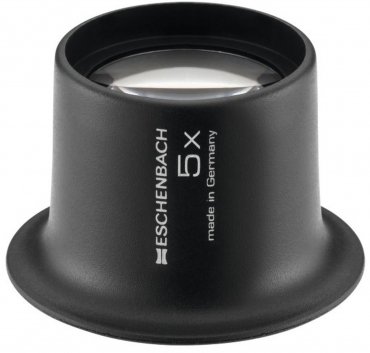
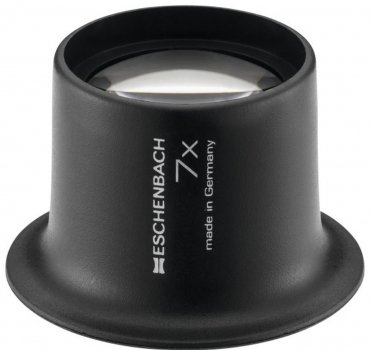
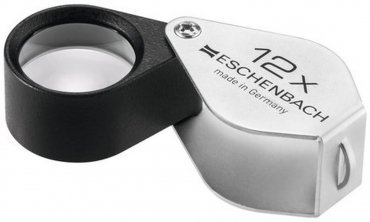
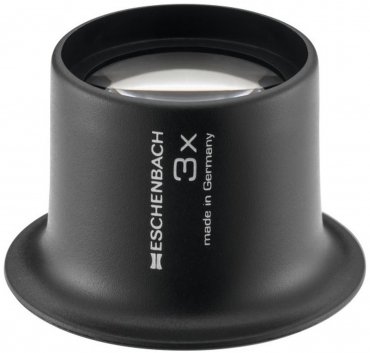
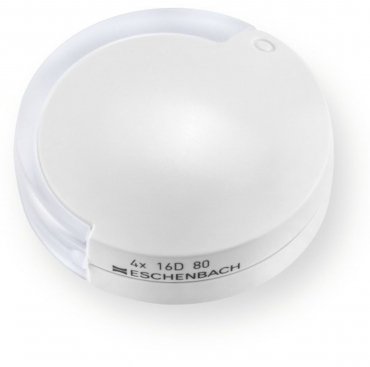
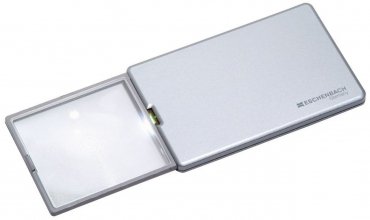



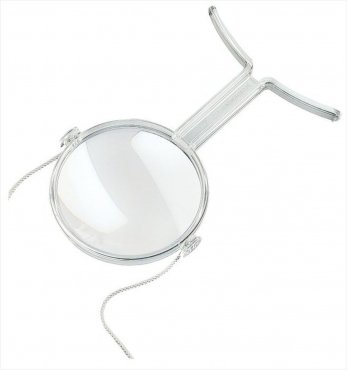
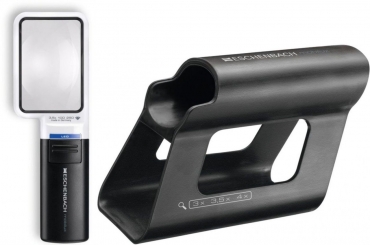
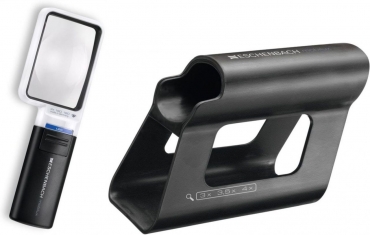
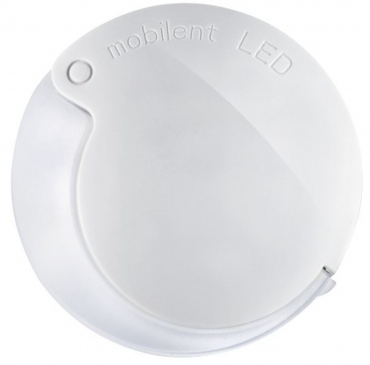
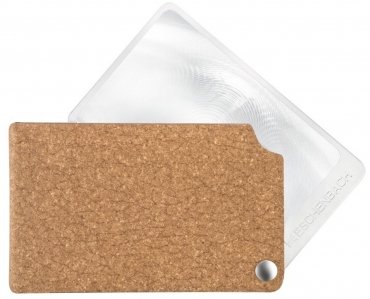
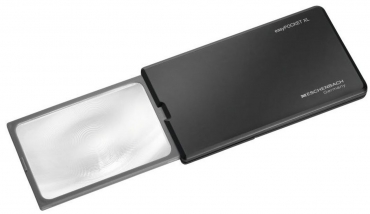
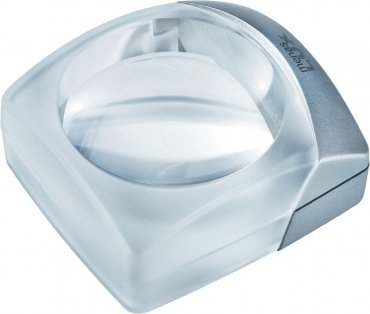

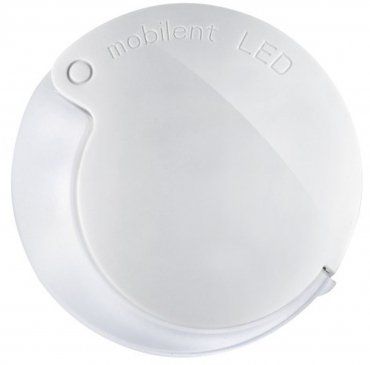

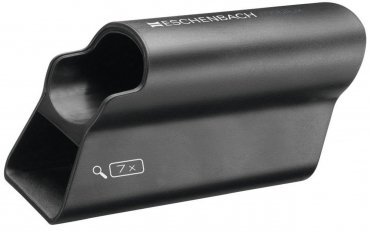
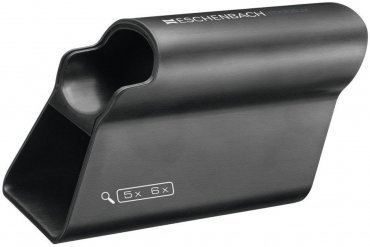
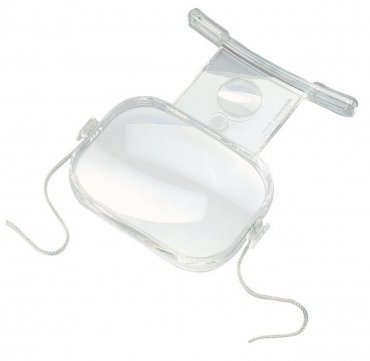
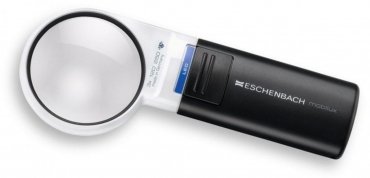
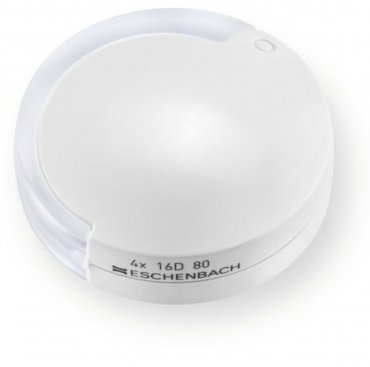
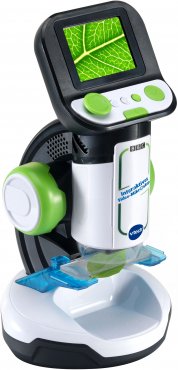
Simply subscribe and benefit as a newsletter recipient every week: